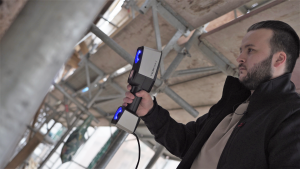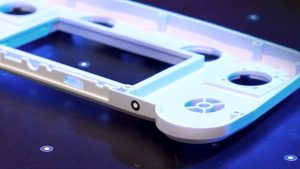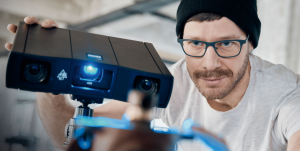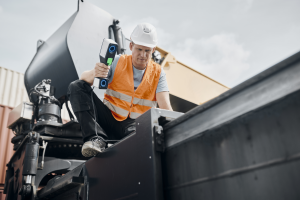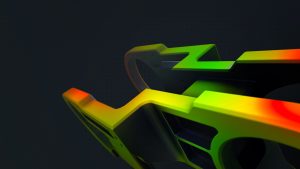
How to perform CAD surfacing in ZEISS INSPECT
With the latest software release of 2023 come a variety of new and helpful features for 3D scanning. For example, in ZEISS INSPECT, creating a CAD out of a mesh is now possible via the surfacing function.
